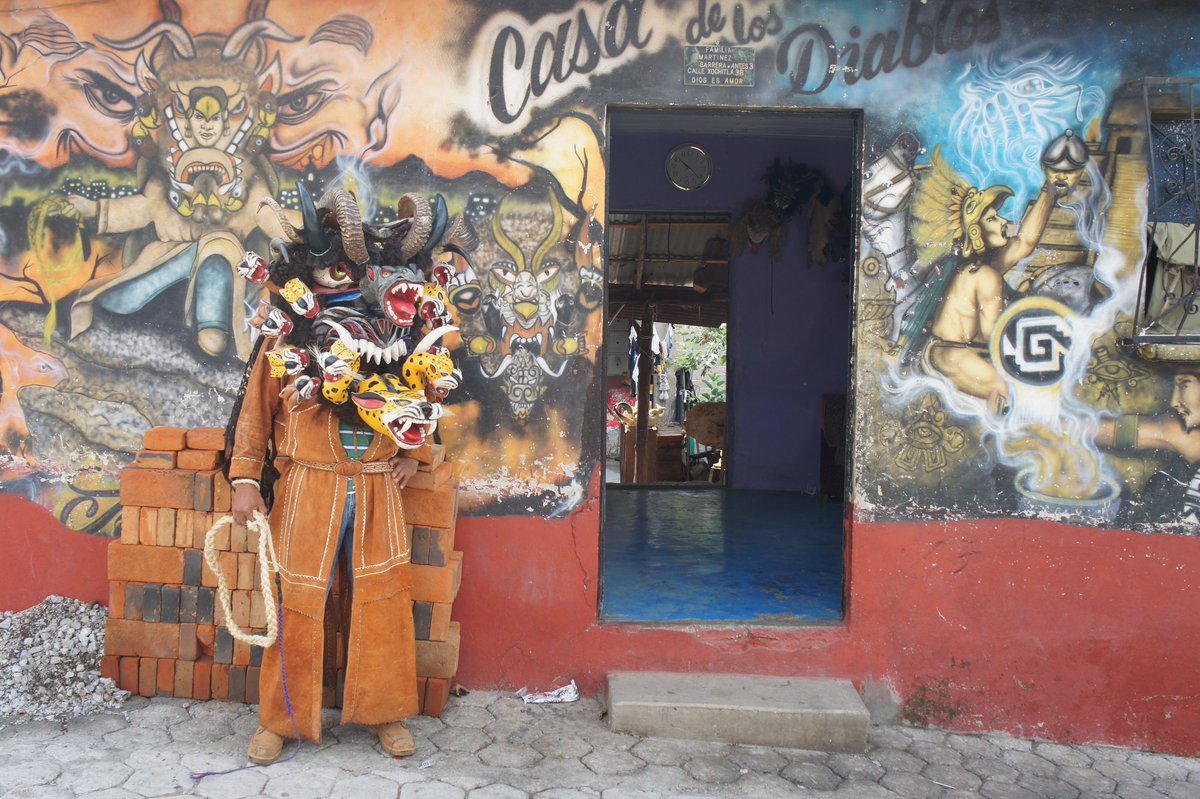Museum of Anthropology’s exhibition: Arts of Resistance. Politics and the Past in Latin America, a thoughtfully curated exhibit by Laura Osorio Sunnucks, showcases the Latin American culture and folkloric artifacts demonstrating works by artists in Mexico, Guatemala, Peru, El Salvador, Ecuador and Chile.
The exhibition described to me a struggle, an endeavour to attain justice, and a venture to preserve one’s culture. From drawings of Salvadoran refugees awaiting asylum to huipiles- traditional blouses of the Maya women, this assimilation of contemporary and traditional art forms gave me a unified perspective that illustrated and defined resistance in a different form than my own understanding of revolutionary struggle. Furthermore, it raised certain questions about my apprehension of resistance as a social concept:
Does resistance always need a symbolic representation?
Are such artifacts of social movements a way to create collective consciousness or simply give life to the history that was killed by the modern world?
The object that caught my attention was the Local Devil. Every year, the Teloloapans celebrate their local history by swarming the streets with devils who playfully scare the town’s inhabitants- taunt children and hand flowers to women. A strange mask documenting the guerrilla battle that took place in Teloloapan during the war against Spain, which culminated with the Mexican Independence in 1821. The Devil masks were created for the insurgents in order to frighten and beat back the colonial sympathizers.
The Devil is considered to be an ambiguous character fighting against the exploitative conditions that have long been imposed by the west.
My interpretation as a Hindu, where the devil, called ‘rakshasa’ does not always represent evil forces. A ‘rakshasa’, named- ‘Vibhishand’ fought against the capture of ‘Sita’, Lord Rama’s wife in ‘Ramayana’ and believed in freedom and humanity. Similar to the ideologies of local indigenous Teloloapans who induced fear in order to resist colonization.
I relate this act to Karl Marx’s theory of resistance against the class system and the communist manifesto, that I learned in my sociology class. The indigenous and the proletariat were under the rule of colonizers and the bourgeoisie respectively. The teloloapnas act of resistance was a battle for their sovereignty, similarly, the proletariats act of resistance was a revolution for their freedom as wage labourers. The concept of revolution to attain self-autonomy and conflict to bring about social change and sentiments of nationalism and solidarity was Karl Marx’s approach in the Conflict Theory. Conflict sociologists see the social world as a constant struggle, this competition is the leading cause of change in society and thus the undertaker of the ruling or dominant class or group. (Dr. Kerry Greer lecture) The independence of Mexicans was the cornerstone of societal change and gave the citizens a sense of self-governance.

Conclusion
This resistance of the Teloloapans against the Spanish colonizers resulted in the celebration of the devil festival, thereby creating a sense of collective consciousness and encouraging sociability.
By symbolizing their struggle through the masks, indigenous people do indeed keep the history alive and give voice to the silenced struggle of nationalism.
Citation